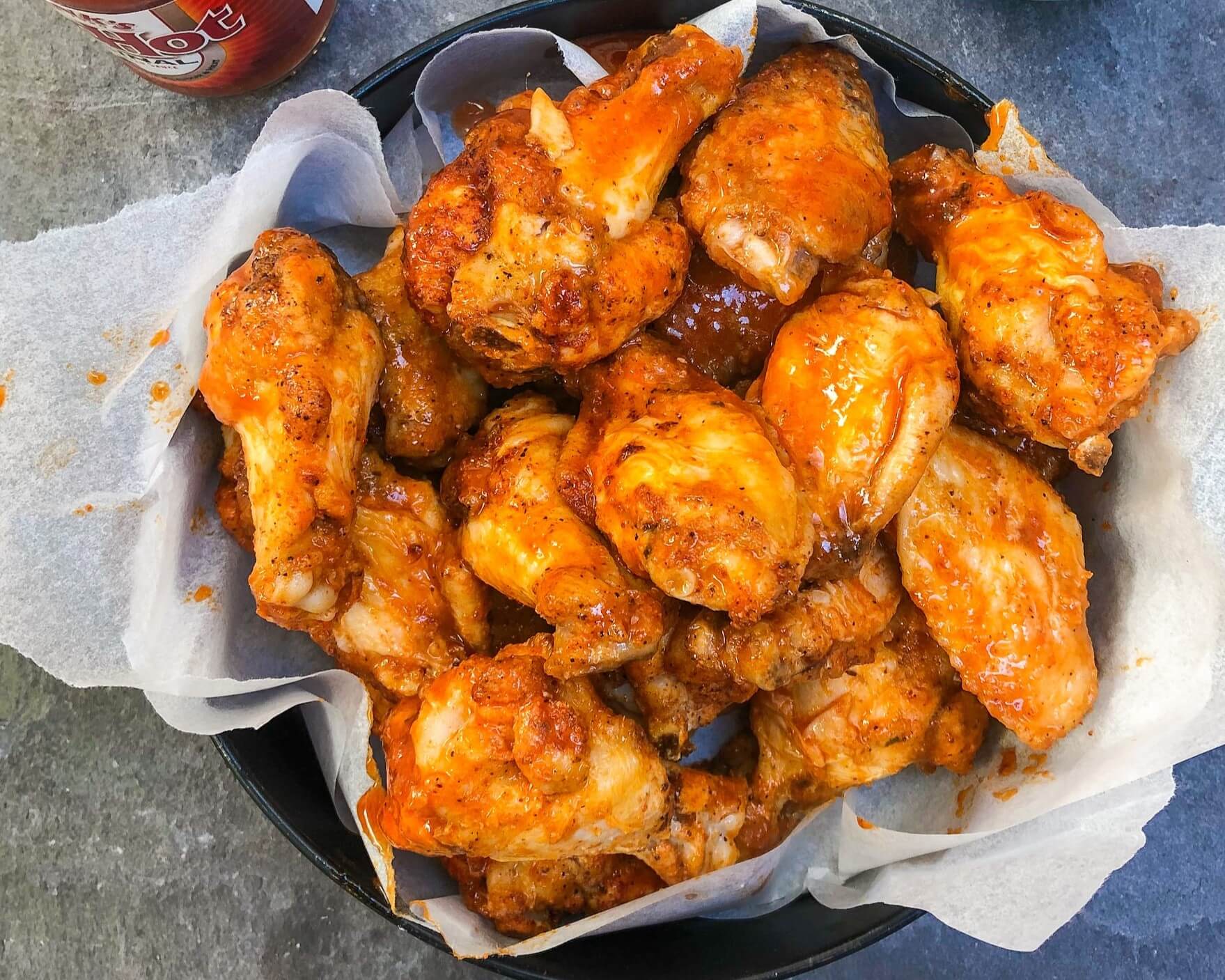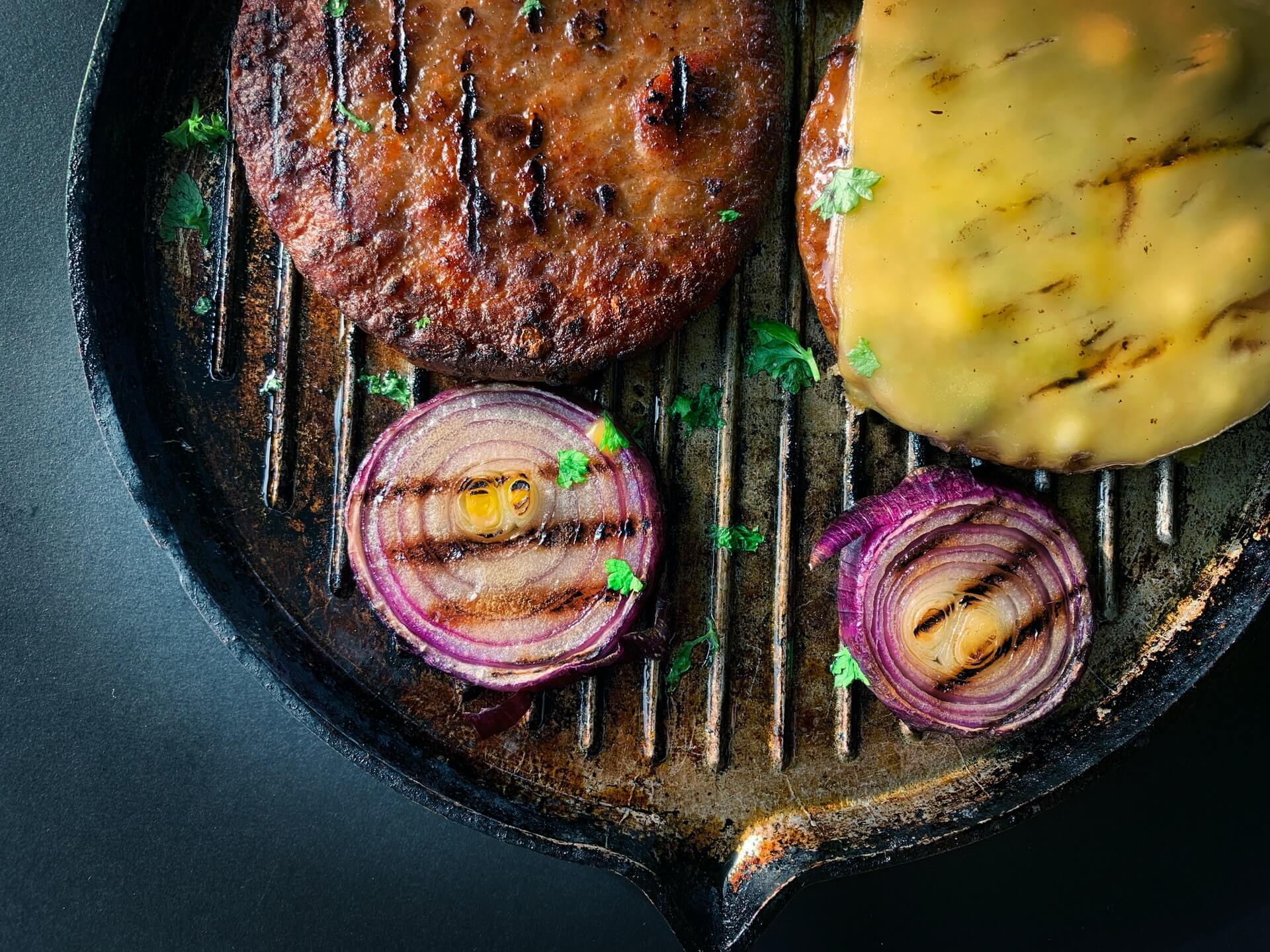Datassential: The Flavors and Menu Items of 2023
by David Klemt

Food and beverage market research agency Datassential has some data-driven thoughts on the flavors and menu items that will define 2023.
Featured in their latest Foodbytes report are 20 items for operators to consider this year. There are ten food items, drinks, and ingredients Datassential predicts will be on basically every menu.
And there are another ten food items, drinks, and ingredients the agency feels could suddenly hit in 2023.
For you own copy of Datassential’s 2023 Food Trends, click here.
Prolific Performers
As Datassential refers to them in their report, these are the items “that will be everywhere” this year.
Food
- Birria. This one makes sense as birria only appears to be capable of continually growing in popularity.
- Mushroom. In Datassential’s opinion, we should expect more menus to feature mushroom snacks. Also, expect to see (or add yourself) lesser-known, rare, and exotic mushrooms on menus.
- Salsa macha. Over the past four years, according to Datassential, salsa macha as grown a staggering 339 percent on menus.
Drink
- London Fog. A compelling earl grey tea latte.
- Mangonada. Salty, tart, fruity, and bold, the Mangonada is a flavorful frozen drink.
- Ranch Water. Simple, timeless, and refreshing. In 2022, per Datassential, Ranch Water was the fastest-growing cocktail.
- Soju. According to Datassential, soju is the third fastest-growing spirit on restaurant and bar menus.
Ingredient
- Spicy maple. As the image atop this article suggests, expect spicy maple to replace or at least give hot honey a run for its money.
- Ube. A striking purple yam from the Philippines.
- Yuzu. Datassential predicts this citrus fruit will start showing up on many chain restaurant menus.
Promising Performers
In Datassential’s data-driven opinion, the following items need to be on every operator’s radar.
These are the items that have the potential to “hit it big” in 2023.
Food
- Pickled strawberries. Interestingly, this matches up with Technomic’s trend prediction for the US, Canada…worldwide, really.
- Savory granola. Not only on its own but as an element of savory, healthy bowl.
- Sisig. A Filipino delicacy with pork belly, pig’s face, and chicken liver as key elements.
Drink
- White coffee. As Datassential states, “there’s always room for coffee innovation on menus.”
Ingredient
- Black tahini. The appearance of black tahini is quite striking, making for dramatic presentations. And as we know, striking presentations are perfect for social media marketing and engagement.
- Cannabis. The legalization of recreational cannabis use in almost half of US states is leading to innovation in this space. And as more markets legalize public consumption in the form of F&B items on-premise, restaurants and bars will add cannabis-infused items to their menus.
- Cherry blossom, or sakura. It seems that cherry blossoms are poised to take off in the US market.
- Chestnut flower. Per Datassential, this ingredient is gaining popularity for use in winter baked goods.
- MSG. For decades, restaurants proudly proclaimed “no MSG” or “MSG-free” on menus due to misconceptions. Now that consumers are better educated about ingredients, restaurants are proudly proclaiming their use of MSG.
- Verjus. An ancient juice made by crushing unripened wine grapes. It can be an ingredient in a sauce, as a condiment, or to deglaze a pan.
There you have it—20 items to consider adding in your next menu update, featuring in your next LTO, or at least keeping an eye on in 2023.
Image: Scott Eckersley on Unsplash








